|
Advertisement
|
Kr?gle Szachowe

DescriptionAn apparently traditional game from Poland, where it is known as kr?gle szachowe. No accepted English name has been found for it, but the words "kr?gle szachowe" can be translated as "chess bowling" or "chess bowling pins". Lech Pijanowski, a Polish games expert, described it as a “folk game” known in Germany and Scandinavia. The game is played between two players (termed White and Black), who sit opposite each other across a 9×9 checkerboard, which has a line drawn around the central block of 3×3 squares. The source illustrates this board as having dark squares in each corner. Each player has nine undifferentiated pieces or stones. Initially, each player places one of his pieces in the corner square to his right, and the other eight complete a square with the first piece as its corner. White starts, and play is then alternate. Pieces move a single space, to any of the (maximum of) four diagonally adjacent squares. Capturing is by custodianship, which is to say that an unbroken diagonal line of (one or more) enemy pieces, terminating with a friendly piece at one end of the line, will be captured if a second friendly piece is moved onto the space at the opposite end of the line. [The source is silent on whether such a move can capture lines of enemy pieces in more than one direction]. Unusually, though, captured pieces do not vacate the board, but are placed elsewhere on the board on a vacant space chosen by the captor, with the restriction that the new space must be the same colour as that from which it was removed. Thus, pieces will always remain on the same coloured square as that upon which they start the game. The aim of the game is to complete a previously agreed arrangement of ones own pieces in the marked central sector of the board. Six examples of winning arrangements are: –o– || ooo || ––o || ooo || ––o || o–o —user summary Game DiscussionsAdd CommentYou need to be logged in to comment. Insert Bullet List Please enter at least one item. Item: Item: Item: Item: Item: Insert Numeric List Please enter at least one item. Item: Item: Item: Item: Item: Insert Link Please enter the link of the website Optionally you can add display text Insert Email Please enter the email address Optionally add any display text Insert Image Please enter the link of the image Insert YouTube Video Please enter the link of the video MarketplaceNo listings at the moment. Do you own this game? Click here to list it for sale.
|
Best Sellers
Board Games
|
||||
Latest Searches: princess bride | Thinking Man’s Basketball | The game of thief’s | Tío rico mcpato board game | Stocks | Spongebob eels escalators | Spider-Man Marvel Legends Series Far from Home 6" Marvel’s Mysterio Collectible Figure | Spider man chutes | Snakes and ladders | Sky birds | Santa’s workshop | Roads | Poe’s x wing | Playskool Heroes Marvel Super Hero Adventures Iron Man Headquarters Playset, Iron Man | Pirateology | Pimp | Nerf Overwatch Reaper Wight Edition Collector Pack | NWO Cards ”Illuminati – Mutual Assured Distraction | Mystery date | Mother’s helper | Monterey’opoly Board Game | Monopoly board game sealed | Life dog park | Let’s do lunch | Le Héraut Citadel | Las Vegas | La Bonne Réponse | J | It’s bananas | It’s banana
All Rights Reserved


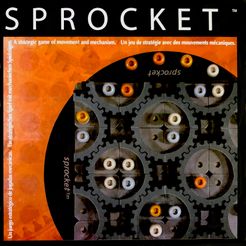


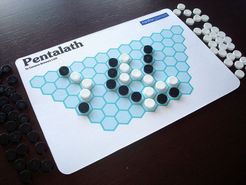

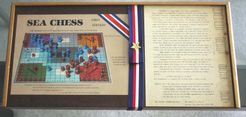

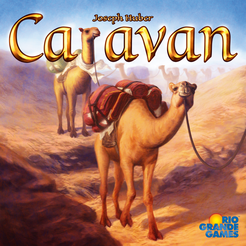
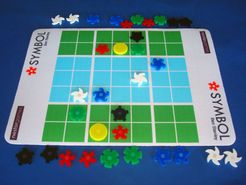
Comments (0)